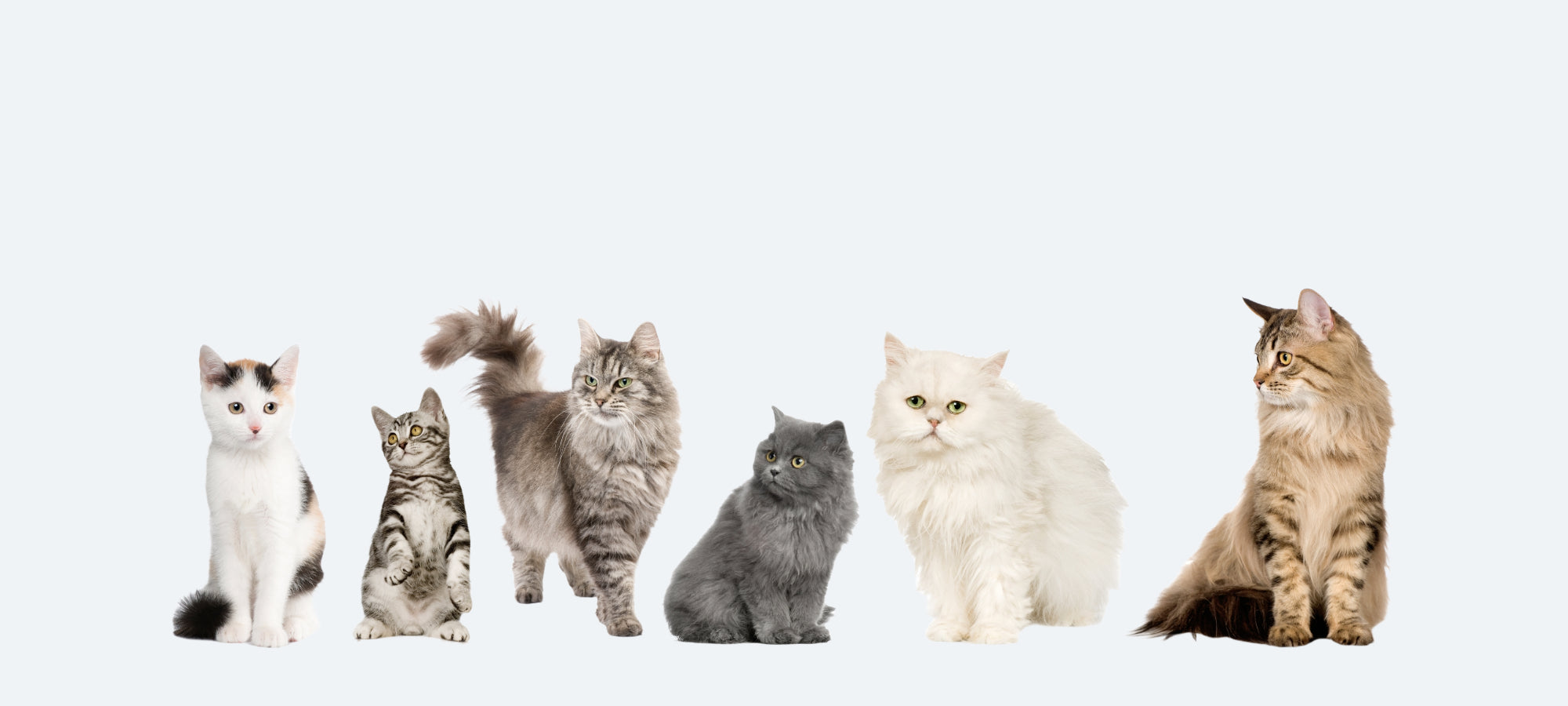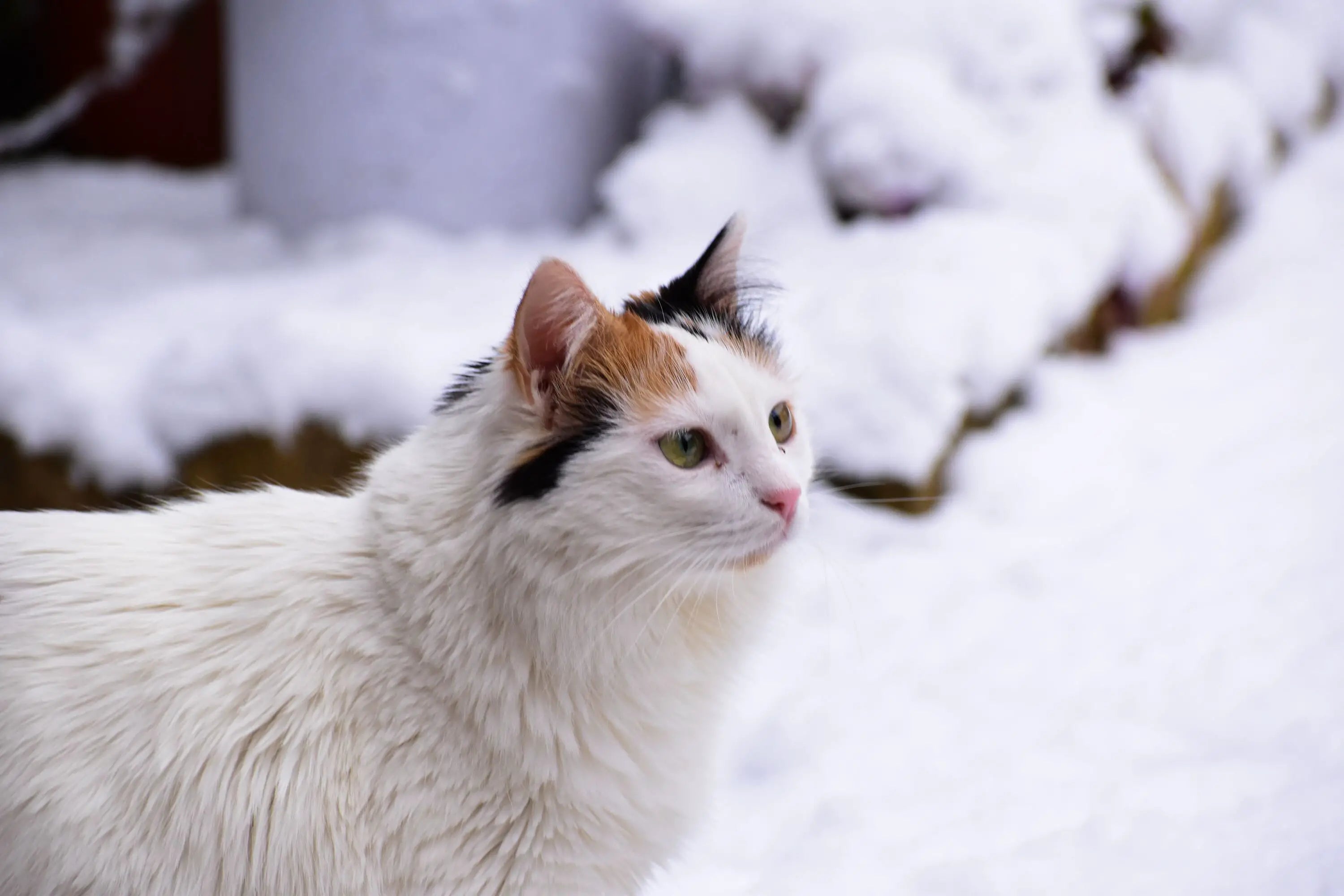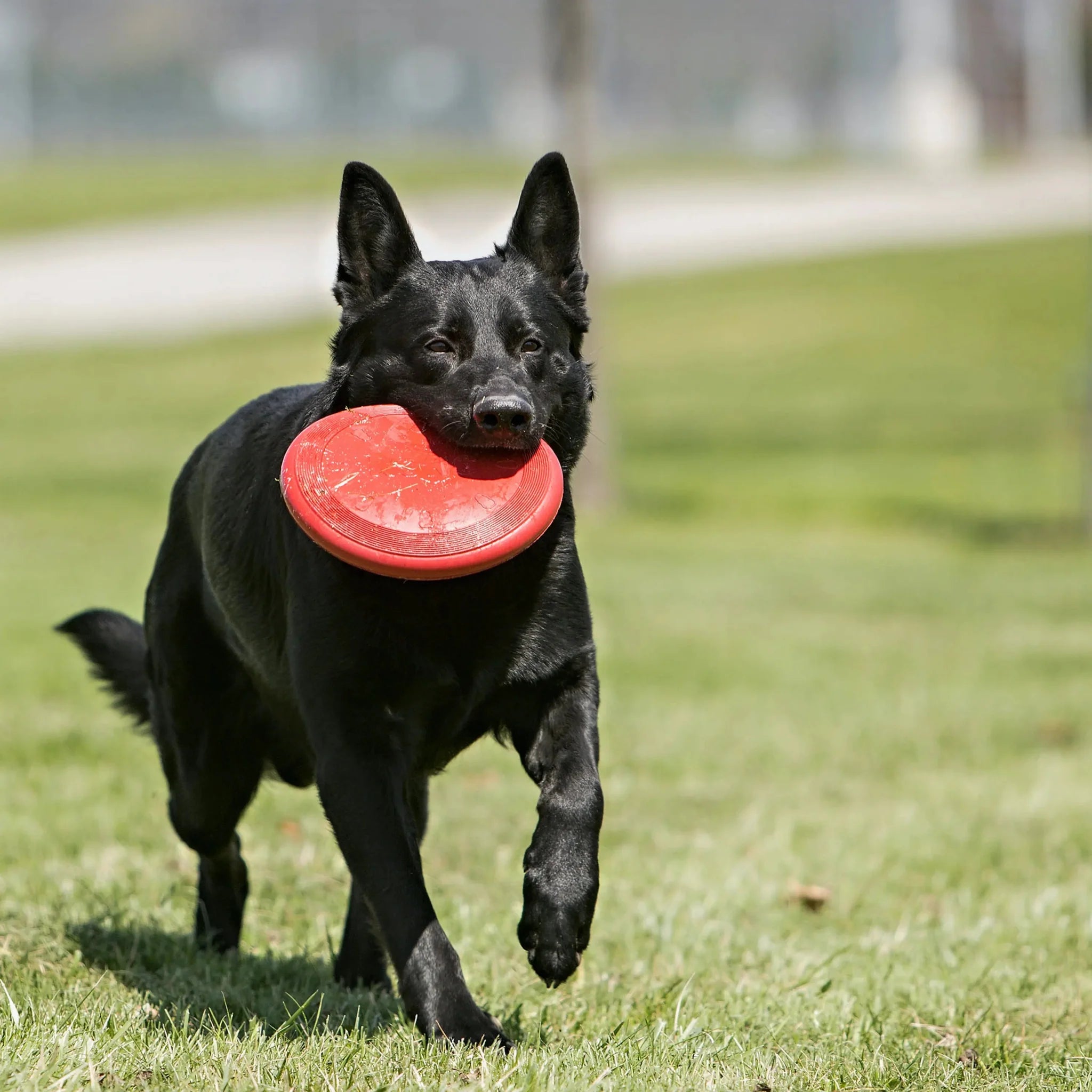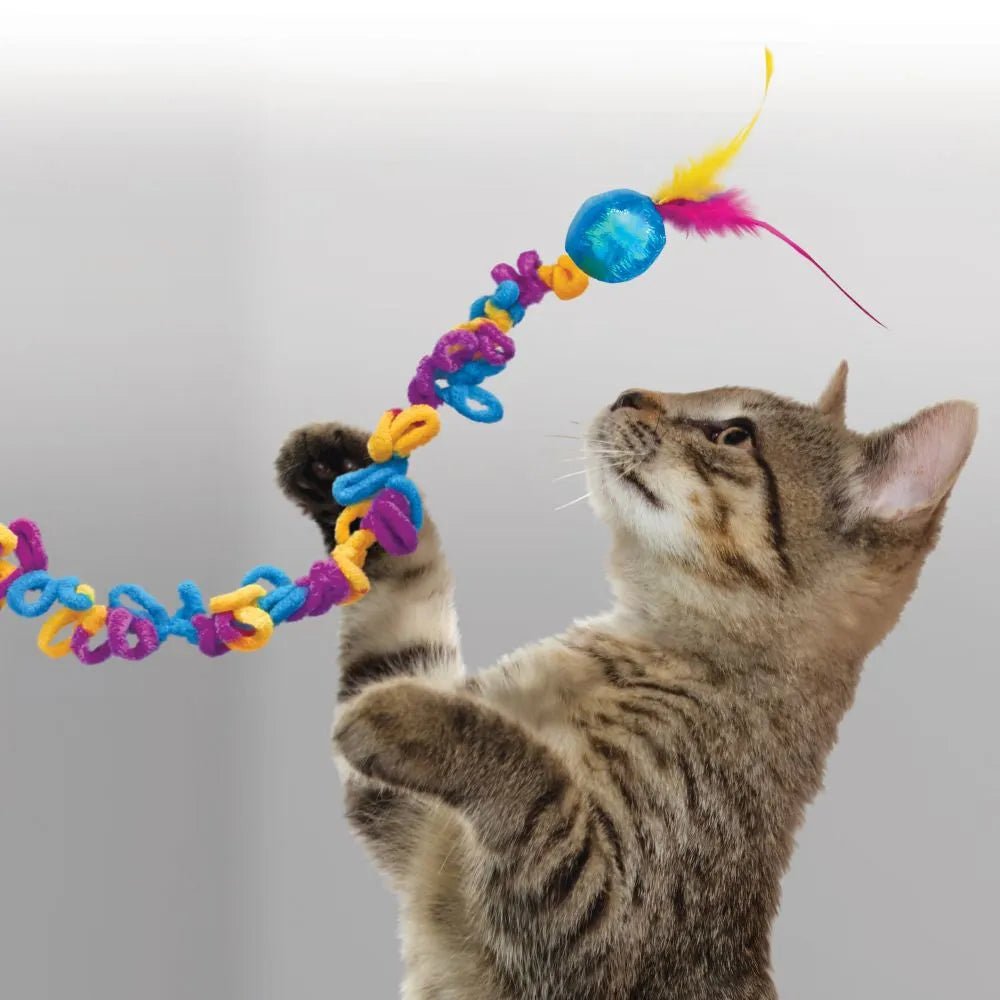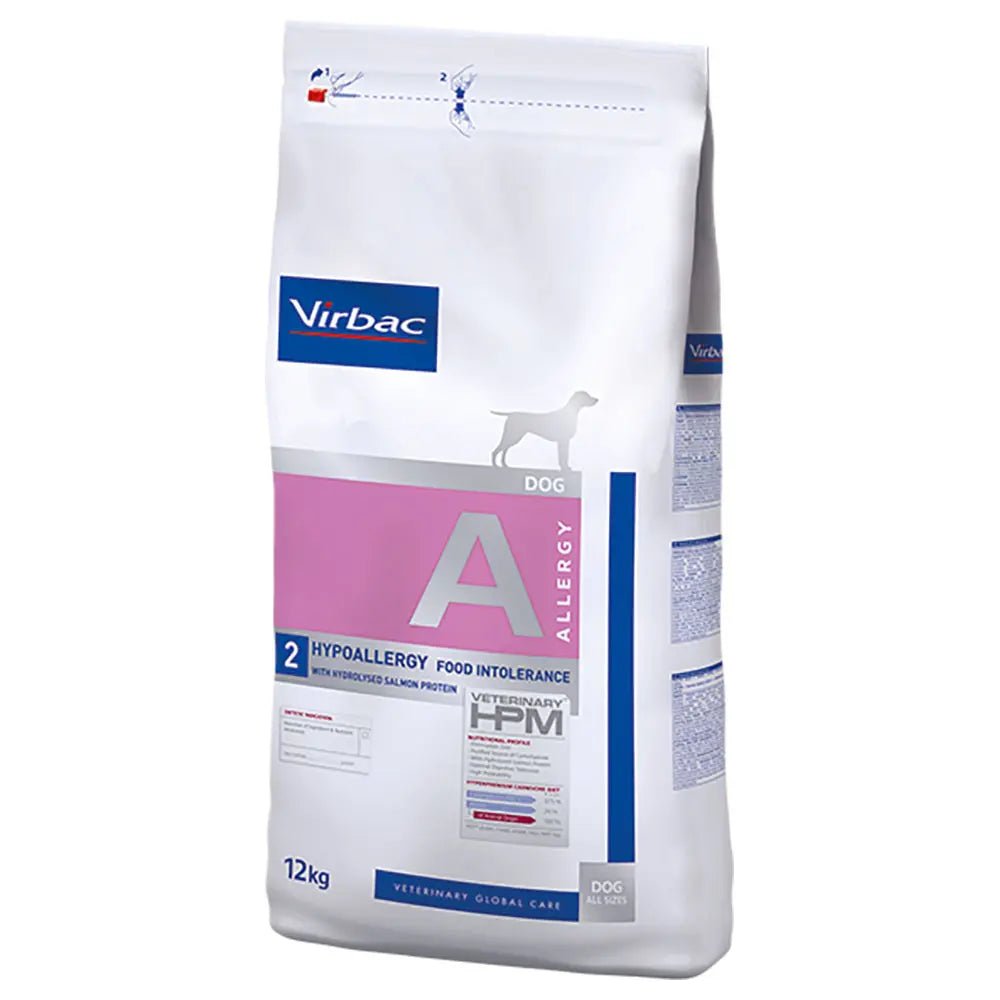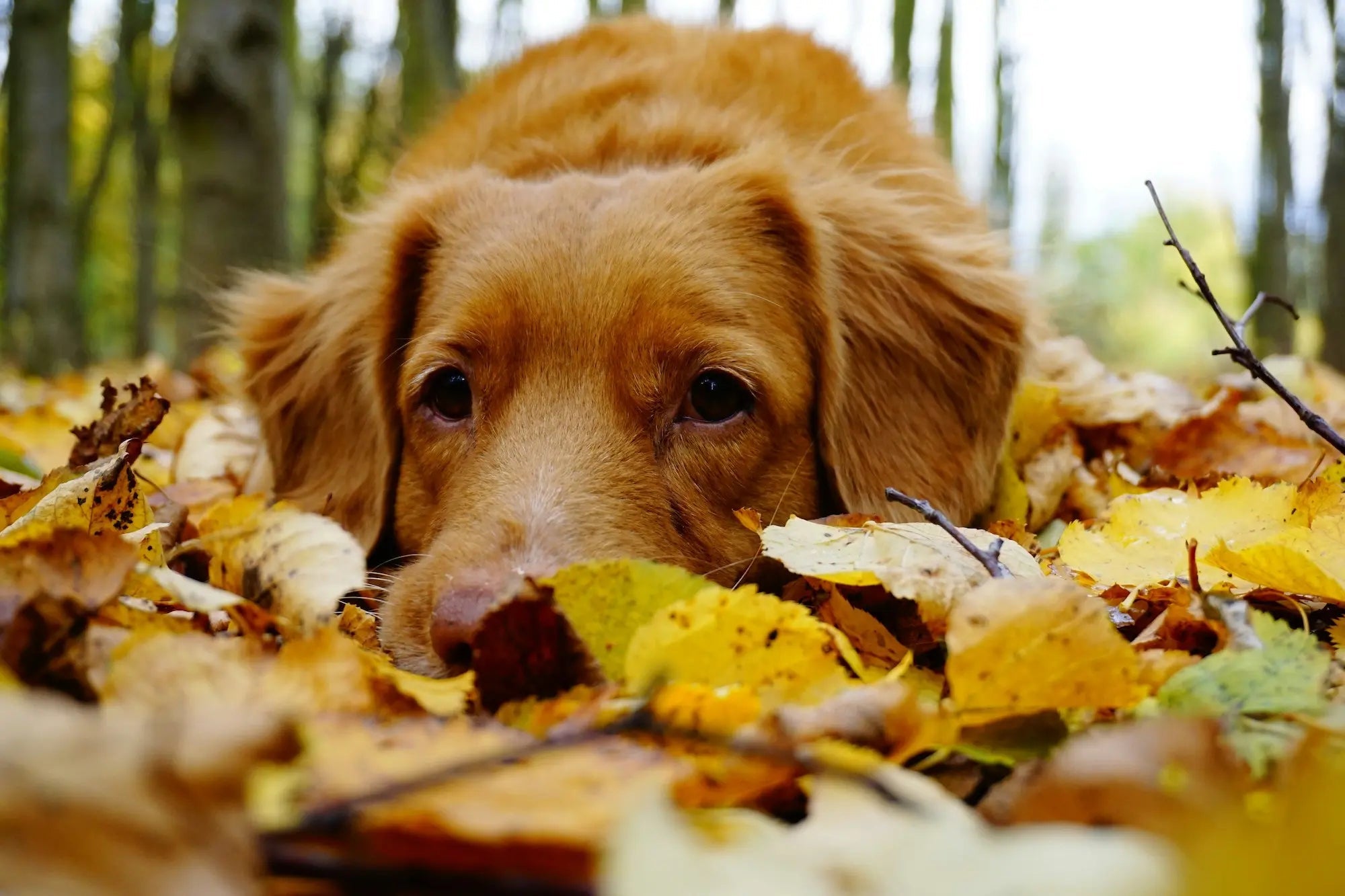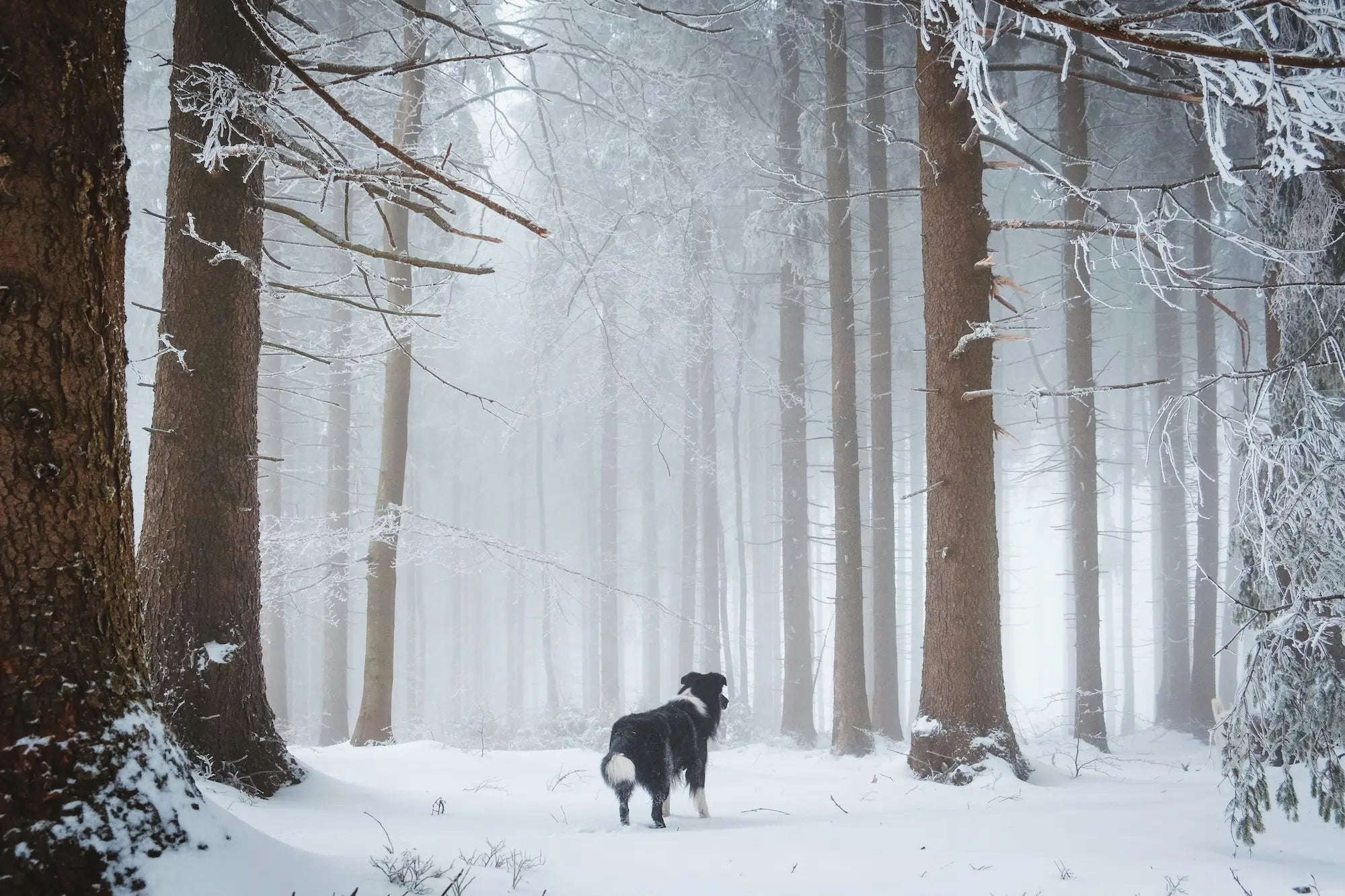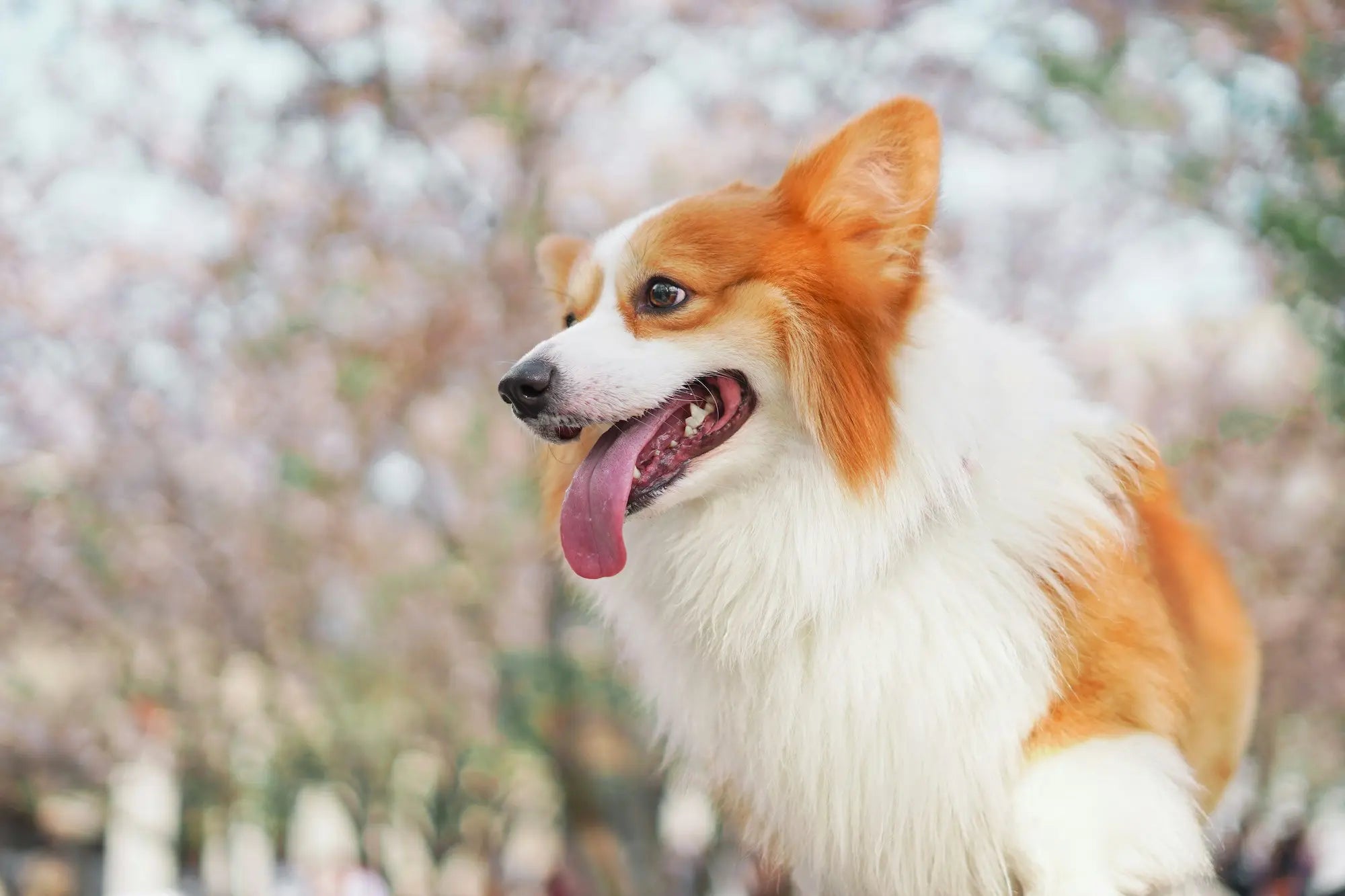The Turkish Van is an energetic breed that loves to climb, explore and jump around. They are affectionate and friendly, especially with their family members. Unlike most other cat breeds , this breed has a love of water, so don't be surprised if you find yourself following them in the shower.
race facts

Child-friendly

Attention needs

Energy level

Talkativeness

Fur care

shedding
Facts about the breed
The Turkish Van is an ancient breed of cat of the rare variety believed to have originated in the area around Lake Van in Turkey. Lake Van is located in the mountains and has both cold winters and relatively warm summers, which has led to the breed's physique being adapted to these conditions. Originally, this breed was called the "Turkish Cat", but in 1979 the name was changed to "Turkish Van" to distinguish it from another breed of cat, the Turkish Angora, which originated near Ankara, Turkey.
What can you expect as an owner of a Turkish Van?
Personality
Personality
Turkish Vans are a high-energy, playful cat breed, full of zest for life. Don't be surprised if you find a toy in your lap when they want to join you for playtime! These cats usually love spending time with their family, and are happy to be social with both other animals and people.
They are known to be friendly, affectionate and love attention, while often forming a strong bond with their owner. Most cats are not particularly fond of water, and prefer to avoid it. However, this is not the case with the Turkish Van, which not only loves water, but is also a strong and skilled swimmer. It is not without reason that the breed is often referred to as the "swimming cat".
Energy and attention needs
Energy and attention needs
This sweet and affectionate breed thrives on being a part of what's going on around them, and they enjoy curling up in their mother's lap. Like all cats, they still appreciate cuddling on their own terms and not being too aggressive.
Health
Health
Size and appearance
The Turkish Van is known for a distinctive pattern, called the "Van pattern". This pattern involves an almost completely white body with color variations on the face and tail. In addition, the breed may have random patches of color on the body and legs. The most common coat colors are red and brown, but there are also varieties with black, blue, red tabby, cream, and various tortoiseshell patterns.
Weight
Male cats are significantly larger and more muscular than females, with a weight ranging from 4 to 8 kilograms, while females typically weigh between 3 and 6 kilograms.
Lifespan
About 13 years.
Hereditary diseases
Hereditary diseases known to occur in the Turkish Van include hypertrophic cardiomyopathy (HCM), the most common form of heart disease in cats. It is therefore always wise to purchase a kitten from a breeder who provides a written health guarantee. However, the breed is known to be in generally good health.
Fur care
Fur care
In the summer, it sheds this fur into a semi-long-haired coat, giving it the appearance of a short-haired cat. This adaptation is thought to have evolved to allow the cat to swim and cool down when needed.
Food and nutrition
Food and nutrition
When choosing cat food for a Turkish Van, you should choose a type of food that is adapted to the cat's health and lifestyle. Considering that this cat breed is initially quite large, it is a good idea to pay a little extra attention to its diet. In addition, the cat needs different nutrients at different stages of its life. If you have just brought a Turkish Van kitten into your home, it needs more nutrients through its diet than a senior cat. As with all cats, the cat should have access to clean, fresh water.
If you want to become the owner of a Turkish Van, you should make sure to find a reputable breeder. How much a kitten costs will vary, but you can expect a price of between 9,000 - 16,000 kr for a Turkish Van kitten.
Having purebred cats as pets has become very popular, but unfortunately this has resulted in many unscrupulous breeders who engage in unethical breeding for profit. Therefore, it is important for you as a buyer to get information about how the cat was bred so that you do not contribute to cats with hereditary and serious diseases being born. If a purebred cat is sold without a pedigree, you will never know whether the kitten has been stolen, or whether illegal trade has taken place.
A serious breeder in a federation must follow strict requirements for animal welfare and health. Good breeders will also demand something from you to ensure that the cat has a good life. Remember to check if the breeder is registered through the Norwegian Cat Breeders' Association (NRR) / FIFe / TICA and that the pedigree, health certificate (and possibly the purchase contract and vaccination card/veterinary passport) are included.
